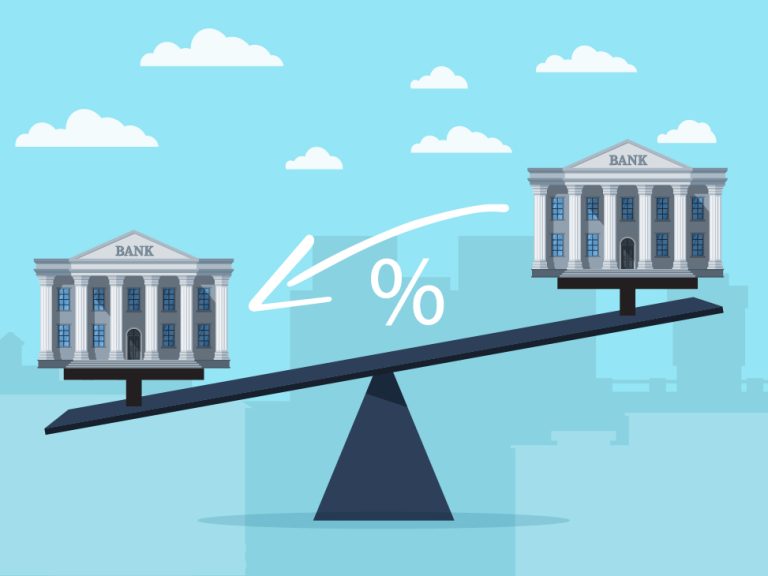BASIC TEAM
Getting home loan is very BASIC now
Get a loan in under 5 mins

In the complex world of home loans, a balance transfer can be a strategic move. This process involves shifting your existing home loan from one bank to another, often to take advantage of lower interest rates or better services. However, it’s not as simple as it sounds.
Table of Contents
The decision to transfer your home loan balance should be based on several factors. Are you currently burdened with a high-interest rate?
Is there another bank offering lower rates? If yes, a balance transfer might be a financially sound decision.
But there’s a catch. The transfer process involves certain charges, known as home loan transfer charges.
These charges can vary and should be factored into your decision. Additionally, the interest rates for home loan balance transfers can differ from one bank to another. >In essence, a home loan balance transfer can be a beneficial move to reduce your interest burden. >However, it’s crucial to consider all factors, including transfer charges and interest rates, before leaping.
For example, with a principal of Rs.40,00,000, a monthly EMI of Rs.40,000, a tenure of 20 years, and a new interest rate of 8.85%, your EMI could reduce from Rs.40,000 to Rs.35,604.
The total amount payable could decrease from Rs.96,00,000 to Rs.85,44,960.
Calculate your EMI with Home Loan EMI Calculator
Suggested read: Top banks for home loan
Starting a home loan balance transfer can sometimes seem like untangling a knotty problem. Let’s dive into the ‘why’ and ‘when’ of home loan balance transfers.
Suggested read: Home Loan Disbursement Process
Remember, a home loan balance transfer can be a financially savvy move if done right. However, it’s crucial to consider all factors, including home loan balance transfer charges and home loan balance transfer interest rates, before making the decision.
| Eligibility Criteria | Details |
| Age | 23 to 65 years |
| Type of Employment | Salaried or Self-Employed |
| Nationality | Resident Indians and NRIs |
| Required Documents | Details |
| Identity Proof | Aadhaar Card, PAN Card, Passport, or any other government-issued ID |
| Address Proof | Aadhaar Card, Passport, Utility Bills |
| Existing Loan Documents | Documents related to the current home loan |
| Income Proof | Last 3 months’ salary slips (for salaried individuals) or Last 3 years’ balance sheet and profit and loss account statements (for self-employed individuals) |
| Bank Statements | The last 6 months’ bank statements |
| Passport Size Photograph | A recent passport-size photograph |
Please note that each bank may have its own specific set of requirements, so it’s always a good idea to check with your chosen bank before proceeding with the home loan balance transfer.
Suggested read: Home loan document
In wrapping up, the journey of a home loan balance transfer is a strategic financial decision that can lead to lower interest rates or improved services. However, it’s a path filled with complexities. From understanding the process, which includes applying for a fresh loan with a new bank and obtaining a No Objection Certificate (NOC) from the current lender to meeting the eligibility criteria, every step requires careful consideration. The financial implications, such as processing fees, stamp duty, notarization charges, and other home loan transfer charges, also play a significant role in the decision-making process. Furthermore, the timing of the transfer, the risk for the new bank, and the potential savings are all critical factors to consider.
Published on 31st July 2023